How to Use Yoga to Improve Your Sleep
Are you tired of tossing and turning all night?
Do you wake up feeling groggy and unrested?
Yoga may be the solution you’ve been searching for.
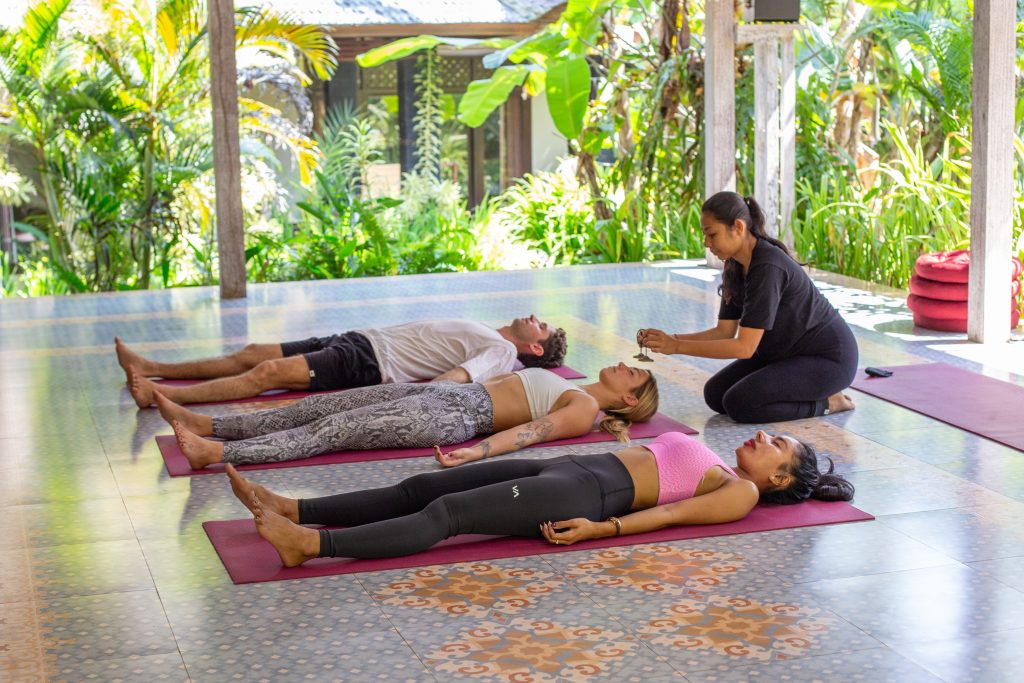
Practicing yoga before bed can help you wind down and prepare for a restful night’s sleep.
But how exactly does yoga affect sleep? Yoga helps reduce stress and anxiety which are common culprits for keeping you up at night.
When you practice relaxation techniques and mindfulness, you can reduce the racing thoughts and worries that keep your mind active.
Yoga also helps to promote relaxation in your body by gently stretching and releasing tension in your muscles. This can improve circulation and reduce physical discomfort that can disrupt your sleep.
As you know, getting a good night’s sleep is crucial for your overall health and well-being. Sleep allows your body to heal and recharge, improving your mood, concentration, and productivity during the day.
So if you’re looking to improve your sleep, read on and get ready to unwind with these tips and techniques.
Yoga Poses for Better Sleep
When it comes to improving the quality of your sleep, yoga can be a powerful tool.
By incorporating yoga into your daily routine, you can relax your body and reduce stress, leading to a more restful night’s sleep.
Here are some of the best yoga poses for better sleep:
Child’s Pose (Balasana)
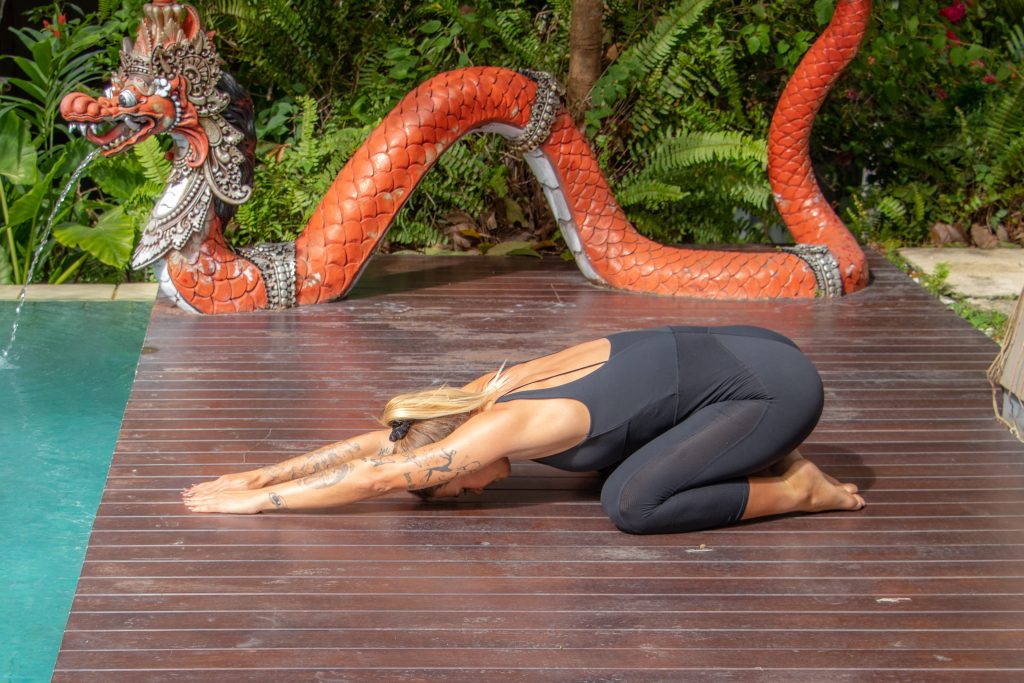
Child’s Pose is a great pose to start your yoga practice and can be especially useful before bed.
This pose helps to calm the mind and reduce stress and can even help to lower blood pressure. You’ll gently stretch your lower back, hips, and thighs, promoting relaxation and releasing tension in your body.
Simply kneel on the floor with the tops of your feet on the ground, sit back on your heels, and stretch your arms out in front of you.
Seated Forward Bend (Paschimottanasana)
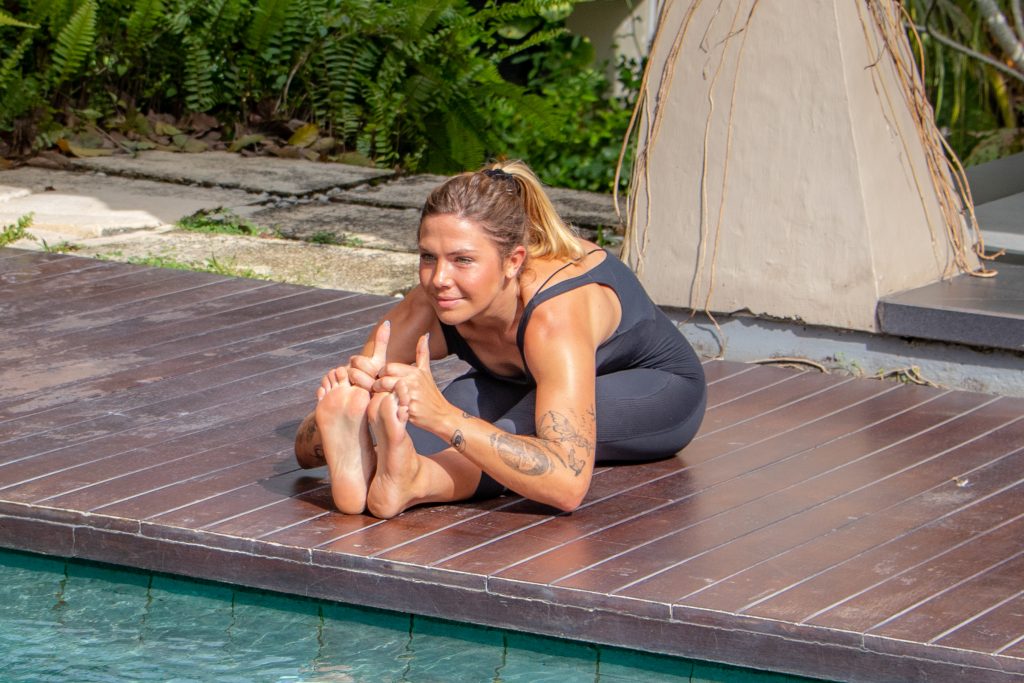
Sit on the floor with your legs extended in front of you and slowly fold forward, reaching for your feet or ankles. This pose stretches the back of the body and helps to calm the mind.
Standing Forward Bend (Uttanasana)
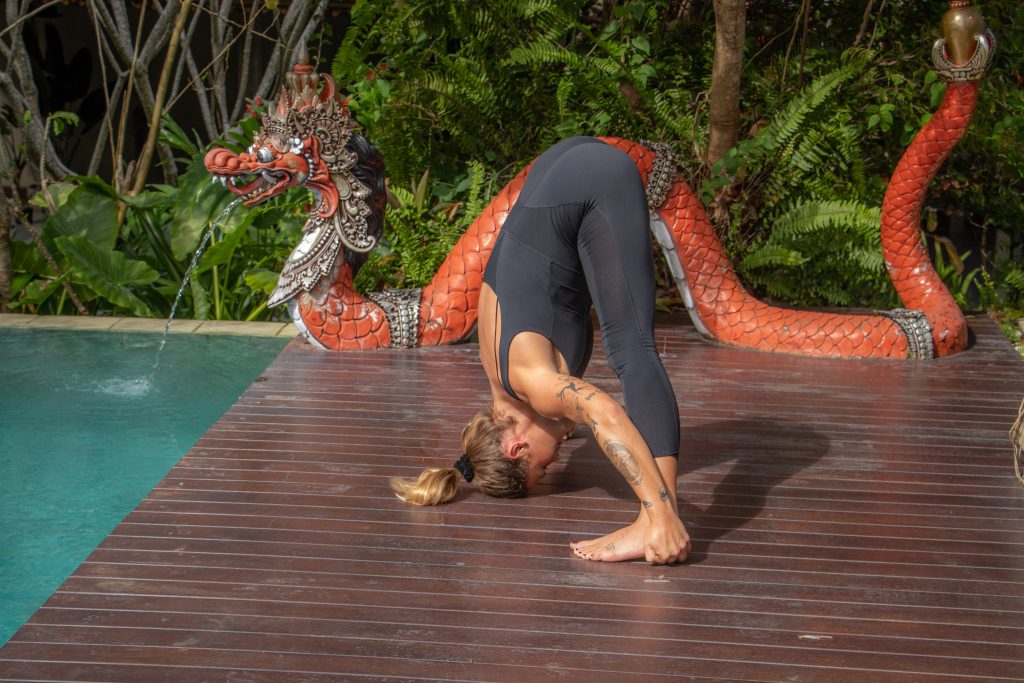
Standing Foward Bend can help to release tension in the neck, shoulders, and back, and can also stimulate the nervous system to help you wind down before bed.
Stand with your feet hip-width apart, hinge at the hips, and allow your upper body to dangle toward the ground.
Legs Up the Wall (Viparita Karani)
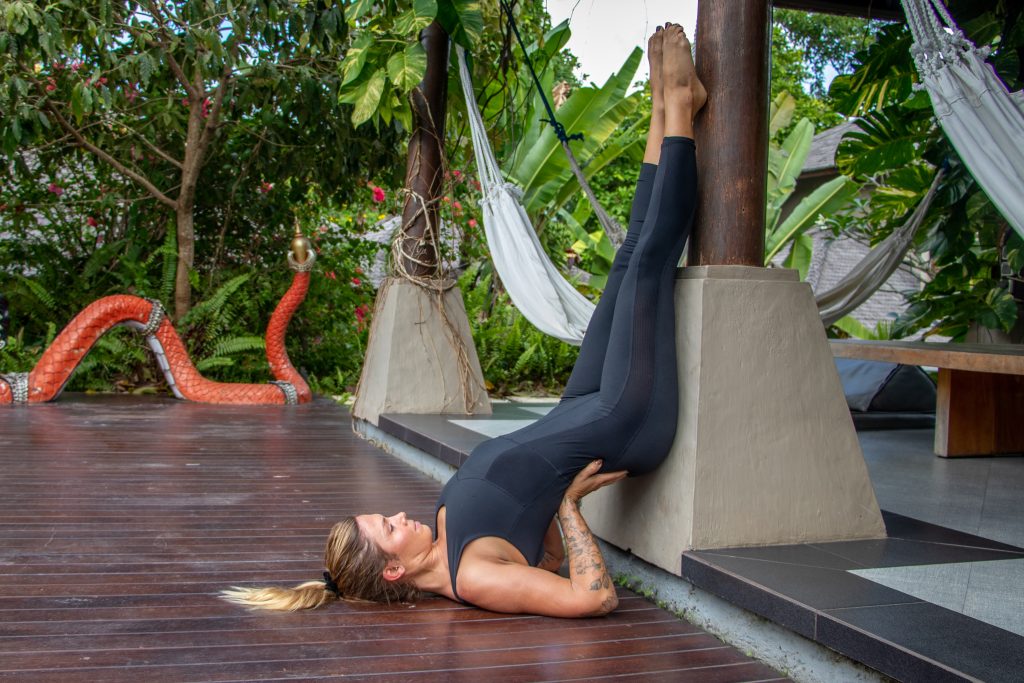
The Legs Up the Wall pose may help to reduce anxiety and improve circulation. This pose helps to relax your nervous system, reduces swelling in your legs, and promotes a sense of calm.
Lie on your back and place your legs up the wall at a 90-degree angle, keeping your arms by your sides.
The Corpse Pose (Savasana)
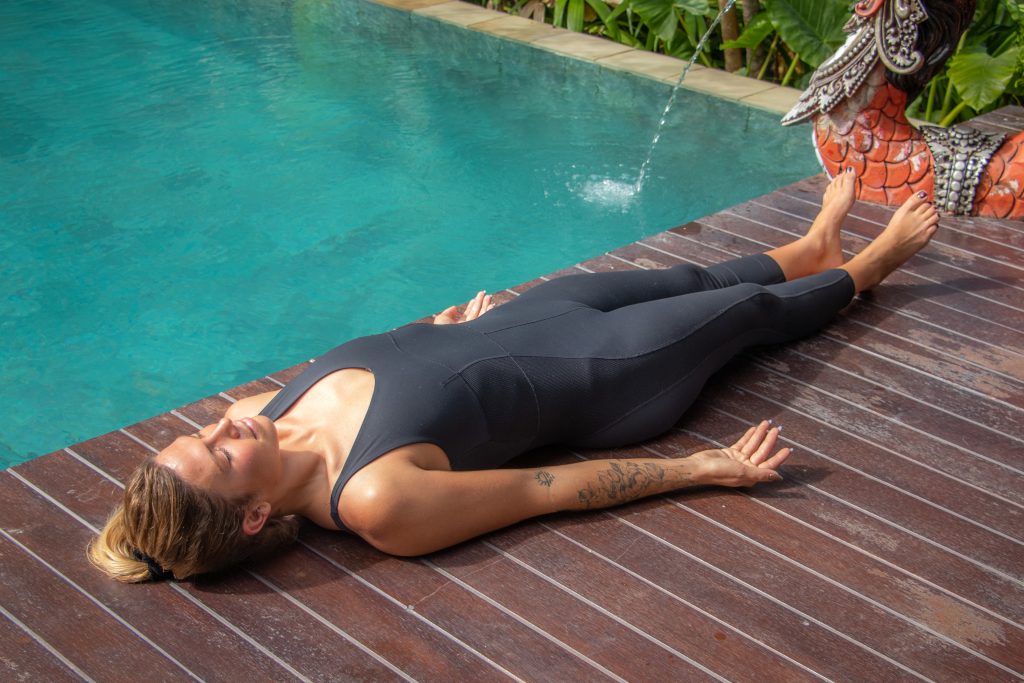
The Corpse Pose is another calming pose that helps to slow down your breathing and relax your entire body to help improve your sleep.
Lie flat on your back and bring awareness to your breath. Focus on deep breathing and allow your body to relax completely.
Bridge Pose (Setu Bandha Sarvangasana)
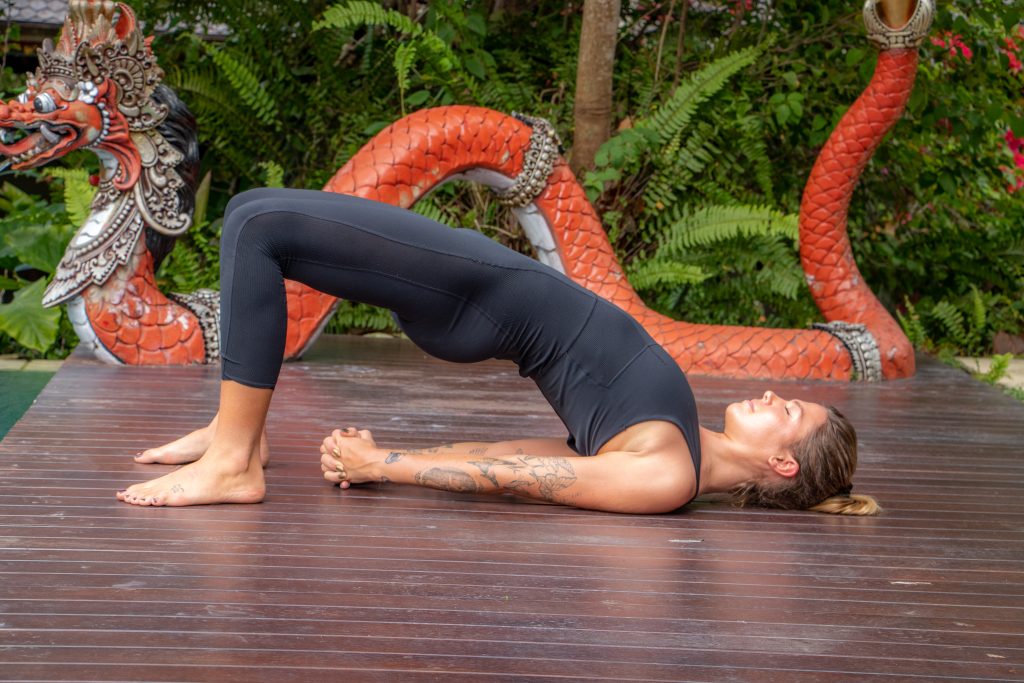
The Bridge Pose is another great pose to do before bed. It helps to stretch the chest, neck, and spine, and can also calm the mind.
Lie on your back with your knees bent and feet flat on the ground. Lift your hips towards the ceiling, keeping your shoulders and feet on the ground.
Happy Baby Pose (Ananda Balasana)
Happy Baby Pose is a fun and playful pose that can help to release tension in the hips and lower back.
Lie on your back and bring your knees towards your chest. Grab the outer edges of your feet and open your knees towards your armpits.
Reclined Butterfly Pose (Supta Baddha Konasana)
Reclined Butterfly Pose is an excellent pose for stretching the inner thighs and groin and can also help to calm the mind. Lie on your back with the soles of your feet together and allow your knees to fall open to the sides.
These poses are gentle and calming, promoting a sense of relaxation to prepare your body for sleep.
Remember to listen to your body and modify the poses as needed to ensure comfort and avoid any strain or discomfort.
So, roll out your mat, and give them a try tonight.
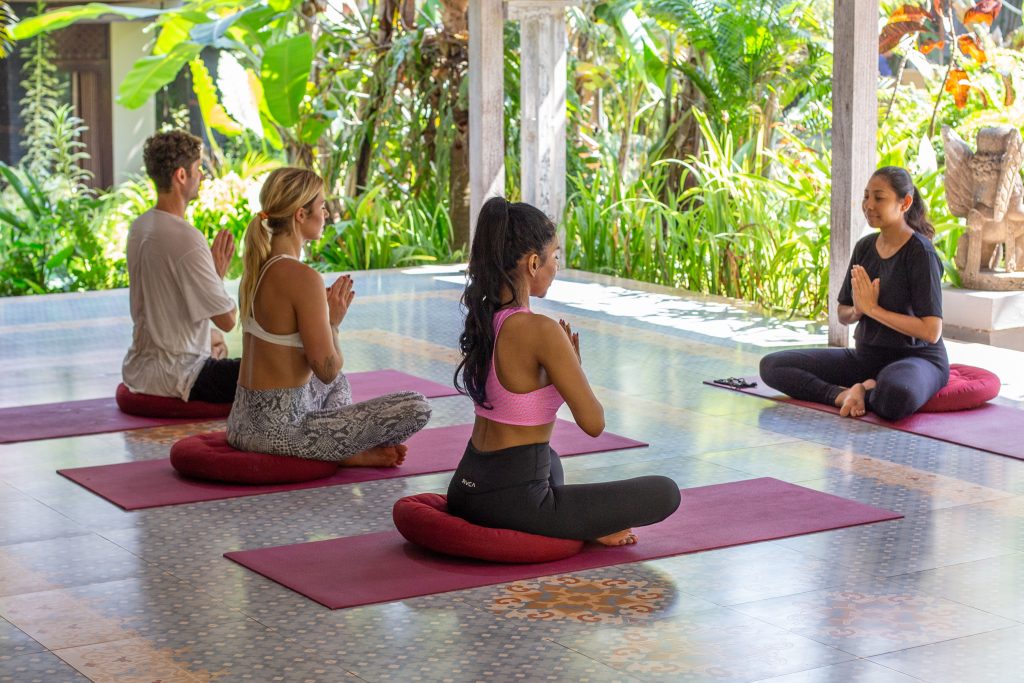
Breathing Exercises
Of course, yoga is not just about poses and flexibility. Adding breathing exercises into your yoga routine can lead to better sleep.
- Alternate nostril breathing, or Nadi Shodhana Pranayama, is a powerful technique to balance the left and right hemispheres of the brain, which can alleviate stress and promote relaxation.
- Kapalbhati Pranayama is a breathing exercise that involves quick and forceful exhalations, which can help clear the mind and reduce anxiety.
When you practice these breathing exercises before bed, you prepare your mind and body for a restful night’s sleep.
Remember, it’s not always about achieving the perfect pose during your yoga practice. Sometimes simply focusing on your breath can have the most significant impact on your overall health and well-being.
Taking the time to incorporate breathing exercises into your yoga practice can lead to a healthier, more restful sleep pattern.
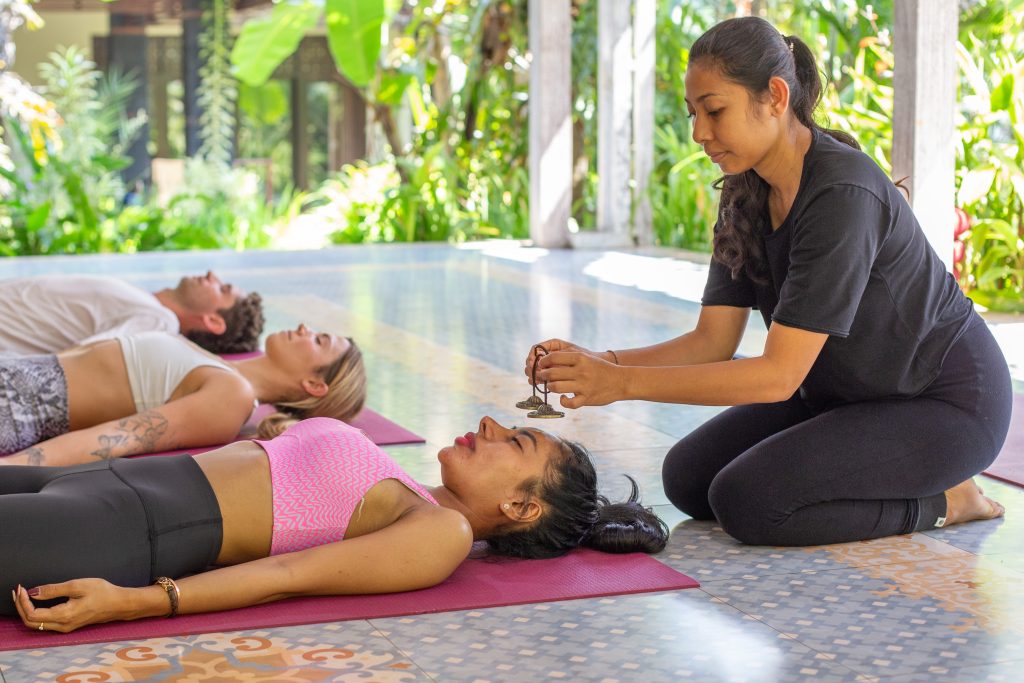
Meditation for Better Sleep
Meditation can also be an effective way to improve sleep.
Mindfulness meditation involves paying attention to the present moment, which can help calm the mind and reduce stress. This practice may also improve sleep quality by promoting relaxation.
Guided meditation for sleep typically involves listening to a recording that guides you through relaxation techniques, visualization, and other strategies to help you wind down and prepare for sleep.
Practicing meditation regularly may help improve your ability to fall asleep and stay asleep throughout the night.
So, next time you find yourself struggling with sleep, try incorporating meditation into your nightly routine.
Conclusion
As you know, there are yoga poses that can help improve your sleep, breathing techniques to calm you, and meditation techniques to make you feel relaxed.
When you add all of these practices into your bedtime routine, you can achieve a good night’s rest, which is crucial for your overall health and well-being.
Remember to make these practices personalized. If something isn’t working, then try something else.
You can modify the poses as per your body requirements and preferences.
Of course, ensuring that you’re taking the necessary steps to optimize your sleep hygiene and pre-bed behaviors, for example, avoiding screens and caffeine, is also going to make a huge difference to your sleep quality.
When you combine good sleep hygiene with a bedtime yoga practice, your chances of better sleep improve dramatically.
So take what you’ve learned today to find your perfect routine and sleep your way to a more rested and healthier life.
Sleep tight and Namaste.
